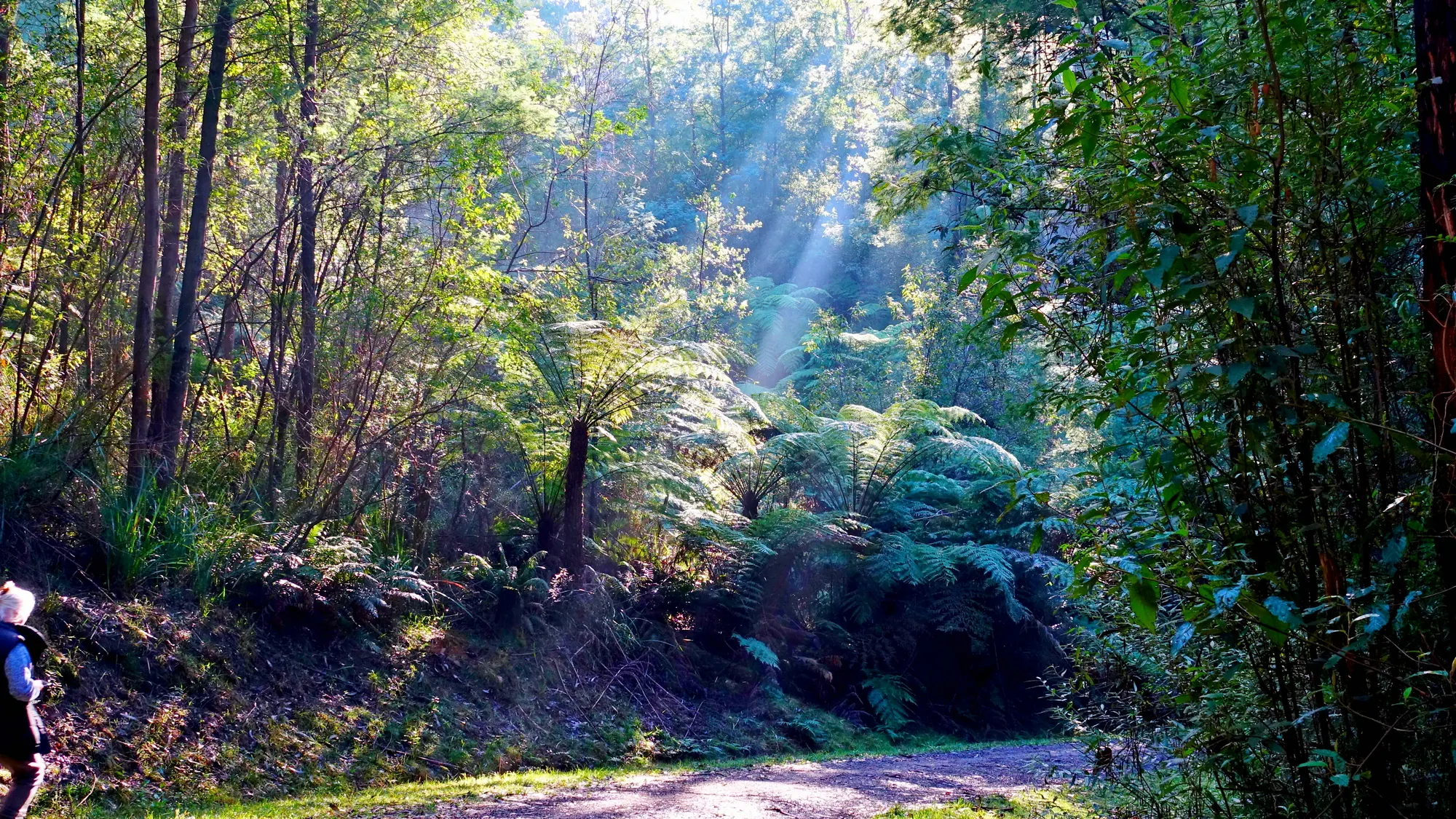On the recent FoDT Buttongrass Walk in Bunyip State Forest, we were fortunate to find some colonies of Fairy Aprons, Utricularia dichotoma (utriculus = small leather bag, dichotoma = two flowerheads which many of the plants have).
Utricularia dichotoma is a perennial herb with numerous underground trailing stems with bladders 1.5–2 mm diameter. It is a widespread species found in Australia, New Zealand and New Caledonia. All bladderworts are highly specialized plants.
Bladderworts such as Fairy Aprons capture small organisms by means of bladder-like traps. Terrestrial species tend to have tiny traps that feed on minute prey such as protozoa and rotifers swimming in water-saturated soil.
Despite their small size, the traps are extremely sophisticated. Prey brush against trigger hairs connected to the trapdoor. The bladder, when "set", is under negative pressure in relation to its environment so that when the trapdoor is mechanically triggered, the prey, along with the water surrounding it, is sucked into the bladder. Once the bladder is full of water, the door closes again, the whole process taking only ten to fifteen milliseconds.
 |
| Diagram credit: Wikipedia |
Once inside, the prey is dissolved by digestive secretions. This generally occurs within a few hours but the bladder can be ready for its next capture within 15-30 minutes.
Now you can’t tell me that Nature ain’t grand!

.JPG)




